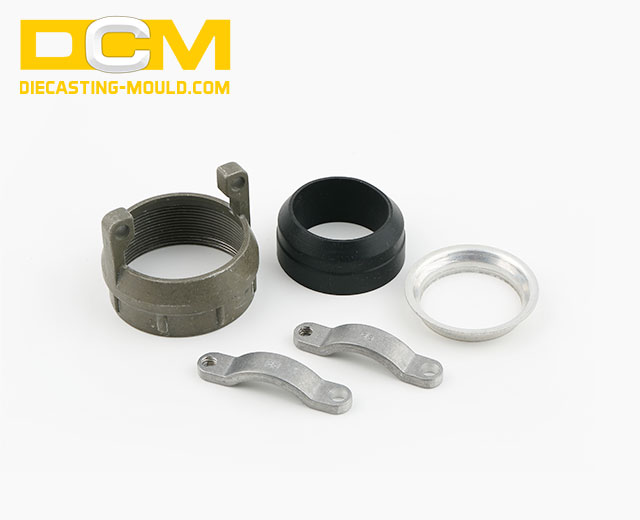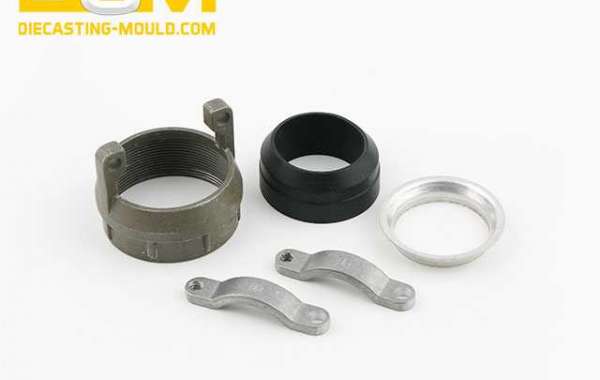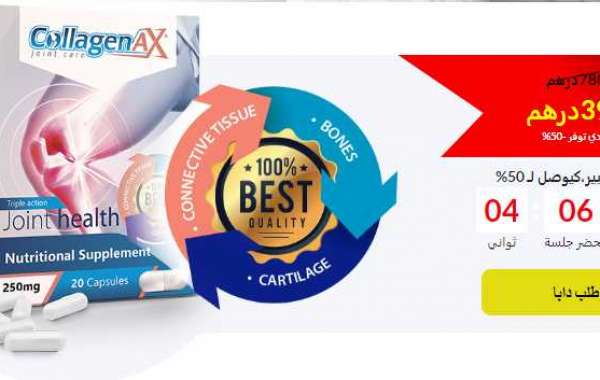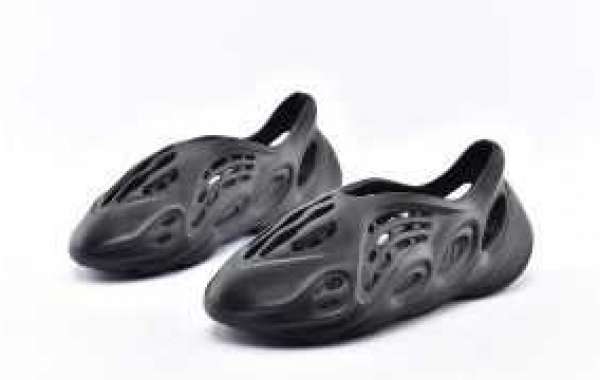In the casting industry, die casting is a metal mold pressure casting on a die casting machine that is currently in production. Generally, die casting machines are classified as follows: hot chamber die casting machine, cold chamber die casting machine, and hybrid die casting machine. The hot chamber die casting machine outperforms the cold chamber die casting machine in terms of automation, material loss, and overall productivity. Although it can be used to produce low melting point materials such as zinc alloy and magnesium alloy, it is limited in its ability to do so due to the limited heat resistance of the parts. Because of the high melting point of today's die casting parts, only cold chamber die casting machines can be used to produce the parts that are most commonly used today.
Its most important characteristic is that the metal liquid fills the cavity at a high pressure and at a high speed before forming and solidifying as a result of the pressure. There are some shortcomings of die casting parts. For example, because the metal liquid fills the cavity at a high pressure and high speed, air in the cavity is inevitably wrapped around it, resulting in the formation of subcutaneous porosity, which means that die casting parts should not be heat treated and their surfaces should not be sprayed with plastic (but they may still be painted.)The heat expansion caused by the above treatment will otherwise deform or bubble the casting's inner air hole, causing it to become deformed or bubbled. Apart from that, the machining allowance for die casting parts should be smaller as well, typically around 0.5mm, which can reduce the weight of castings, reduce the quantity of cutting required to reduce the cost, and avoid penetrating the surface dense layer and exposing the subcutaneous pores, which can result in scrapping of the workpiece.

Melting metal into a liquid that meets the requirements of the process and pouring it into a mold are both examples of die casting. This process produces a casting with the desired shape, size, and performance after cooling, solidifying, and cleaning it. Due to the nearly complete formation of the casting blank, costs are reduced, as is the length of time it takes to complete the process. Among the fundamental technologies of today's equipment manufacturing industry is the process of casting metals into shapes.
When determining the parting surface, there are numerous factors to consider. When selecting the parting surface, it is important to consider not only the structural characteristics of the casting, but also how the casting system is arranged. Die casting parts should be evaluated and determined in terms of factors such as processing technology, assembly process, and demoulding condition. To determine the parting surface, follow the following rules:
Upon removing the casting from the mold, it is easy to remove it from the cavity because it was left in the moving die.
It is preferable to set as many parts as possible in the same half die that have high requirements for axial degree and dimension precision.
3 The parting surface is not set on a surface that meets high quality standards.
4 The setting of the parting surface should be conducive to the setup of the pouring system and the AIDS discharging system, as well as easy to clean burr and flash edge, gate, and other similar features, as well as facilitate painting and other related activities.
5 The setting of the parting surface should be as simple as possible in order to simplify the die casting structure, and the casting performance of the alloy should be taken into consideration in its entirety.
For the purpose of casting design, the following wall thickness requirements are required:
A unique factor in the die casting process is the thickness of the cnc machining wall (commonly referred to as the wall thickness). A close relationship exists between the wall thickness and the overall process specification, including the calculation of filling time, the selection of internal gate speed, the calculation of solidification time, the analysis of mold temperature gradient, the effect of pressure (final specific pressure), the length of die retention time, the height of the top temperature of the casting, and the efficiency with which it operates.
a. The mechanical properties of aluminum castings are significantly reduced as a result of the thickness of the parts, whereas the compactness of thin-walled castings is excellent, thereby improving the strength and pressure resistance of the casting; and
b. The thickness of the casting wall cannot be too thin because this will cause the aluminum liquid to be poorly filled, the forming to be difficult, the aluminum alloy to be poorly welded, and the surface of the casting to be prone to cold insulation and other defects, which will cause difficulties in the die casting process. The defects of internal porosity and shrinkage hole become more prevalent as the thickness of the wall is enlarged. The wall thickness of castings should be reduced as much as possible to ensure sufficient strength and rigidity, and the thickness of the section should be uniform and consistent in order to ensure sufficient strength and rigidity. For the thick wall of the casting to be free of defects such as shrinkage and looseness, the thickness (material reduction) and reinforcement should be increased to a greater extent. The reinforcement is set to reduce the wall thickness of plate type thick wall castings with a large area of coverage.
It is widely used in mechanical manufacturing because die casting factory furniture has high strength and can be treated with heat to improve its mechanical performance, physical performance, and corrosion resistance, making it a popular choice. As a result, when it comes to welding, what should die casting companies pay attention to is

(1) In the air and during welding, aluminum is very easily oxidized, and the melting point of alumina is high and very stable, making it difficult to remove, which makes melting and fusion of base metals more difficult. (2) Aluminum is very easily oxidized in the air and during welding, and the melting point of alumina is high and very stable making it difficult to remove. The porosity in the weld seam is caused by the surface oxide film and a large amount of water that has been adsorbed on the aluminum surface. In order to weld die casting parts, the surface must first be thoroughly cleaned using chemical or mechanical methods, and then the surface oxide film must be applied.
(2) A significant amount of heat energy is transferred to the inner part of the base metal during the welding process. As a result, when welding aluminum and aluminum alloys, energy is consumed in other parts of the metal than the welding area. The use of energy concentration, high-power energy or pre-heating, and other technological measures should be attempted in order to obtain the welding joint.
In addition, when aluminum is solidified, the shrinkage rate is high, resulting in significant deformation and stress in the welding zinc alloy die casting. As a result, it is necessary to take precautionary measures to avoid welding distortion. If the base metal has been deformed or solution aged to increase its strength, the welding heat will weaken the area that has been exposed to the heat during the welding operation. If you are manufacturing welding wire, you can take steps to prevent thermal cracks from occurring by adjusting the composition and welding process of the wire.
The ability of aluminum to reflect light and heat is exceptional. A visible difference in luster does not occur when a solid and a liquid are in a state of solid and liquid, respectively. Because alloy elements are easily evaporated and burned during the welding process, it is difficult to make accurate measurements during the welding process. This results in decreased weld performance.
The metal aluminum, as well as its alloys, have the ability to dissolve a large amount of hydrogen in liquid form, whereas almost no hydrogen can be dissolved in a solid form. It is impossible for hydrogen to overflow during the solidification and cooling of the welding pool, and hydrogen pores are easily formed during this process. The source of hydrogen should be tightly controlled in order to avoid the formation of pores.








